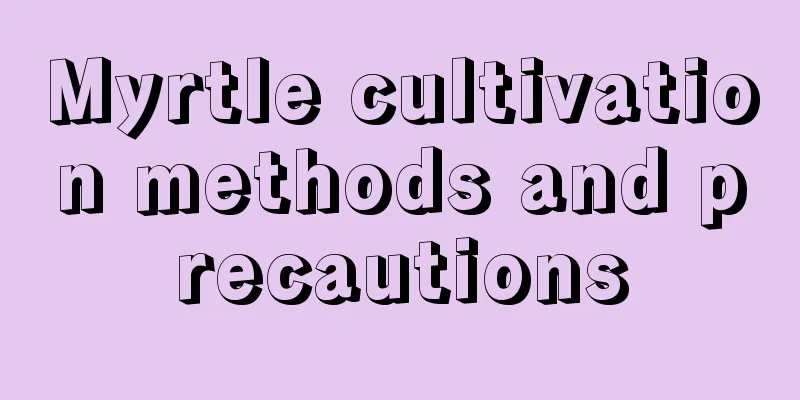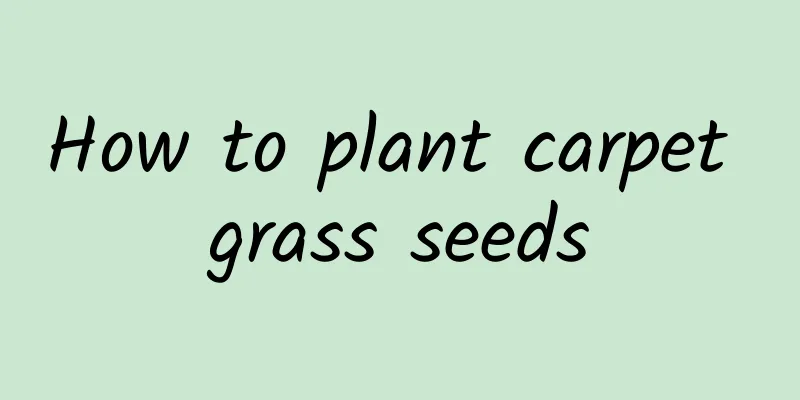Myrtle cultivation methods and precautions

How to grow myrtlesoilMyrtle likes acidic soil and can tolerate barrenness. Light and temperatureMyrtle prefers a semi-shady growing environment and must ensure sufficient light. It can be given sufficient light in spring, autumn and winter, but in the hot summer, it needs to be shaded. In winter, it should be placed in a well-lit place indoors for maintenance. Myrtle likes a warm growing environment and is not cold-resistant. The suitable temperature for its growth is between 15℃ and 35℃. In winter, the temperature needs to be kept at around 10℃. During the high temperature in summer, the air humidity can be increased by spraying water. It needs to be placed in a warm indoor room during the winter. Plastic film is needed to keep it warm outdoors during the winter. Watering and fertilizingMyrtle likes a humid environment and has a high demand for water and fertilizer during its vigorous growth period. In spring, summer and autumn, more watering and fertilization are needed, and water and fertilizer should be applied alternately. Winter is the dormant period of myrtle, so you can reduce watering and fertilizing appropriately. Basically, the application of water and fertilizer should be increased or reduced according to weather conditions and the growth conditions of the plants. Things to note when growing myrtleReproduction methodMyrtle is propagated by sowing and cuttings. For sowing, the seedlings are usually transplanted when they have 2-3 leaves. For cuttings, young branches can be used for cuttings during the peak growth period. Pests and diseasesMyrtle itself is relatively disease-resistant and has fewer diseases and pests, but it may be infected with Rust 2, which can harm the leaves. The diseased leaves need to be removed and it can also be sprayed with pesticides for treatment. Air humidityMyrtle likes higher air humidity. If the air humidity is too low, the lower leaves of the myrtle will turn yellow, lose their luster, and even fall off. |
<<: Cultivation methods and precautions of knotweed
>>: Cultivation methods and precautions of golden cherry
Recommend
Advantages and disadvantages of the night rose
The flowers of the true night rose are small in s...
Can I put touch incense in the bedroom?
Can I put it? It can be placed in the bedroom. Be...
What are the plants that bloom in winter?
plum bossom The flowering period is winter and sp...
Is it good to water flowers with beer? You can't just water them directly. The key is to use the correct method
Is beer good for watering flowers? Beer is good f...
How to grow bougainvillea so that the tree is full of flowers
Maintenance and lighting of bougainvillea Bougain...
Does the rubber tree bloom?
Is it blooming? It is true that rubber trees will...
Should the photinia be watered thoroughly? How often should it be watered?
Is the watering of the photinia ternata thorough?...
Can I grow aloe vera at home?
Can I grow aloe vera at home? Aloe vera can be gr...
How to grow Cymbidium
1. Maintenance methods 1. Temperature: Cymbidium ...
The correct cutting method and cutting time of Tiger Pilan
1. Cutting method 1. Cut leaves: It is critical t...
How to care for newly bought peony
1. How to deal with newly bought peony When you f...
The main value of Calceolaria
1. The ornamental value of Calceolaria: The appea...
How much is the yield of Sunshine Rose per acre? What is the cost and profit of planting one acre?
Sunshine Rose Yield per Mu The yield per mu of Su...
What does a coconut tree look like and how to distinguish it from a palm tree?
1. Morphological characteristics Coconut tree is ...
The propagation method of taking root
The propagation method of taking root Cutting pro...









